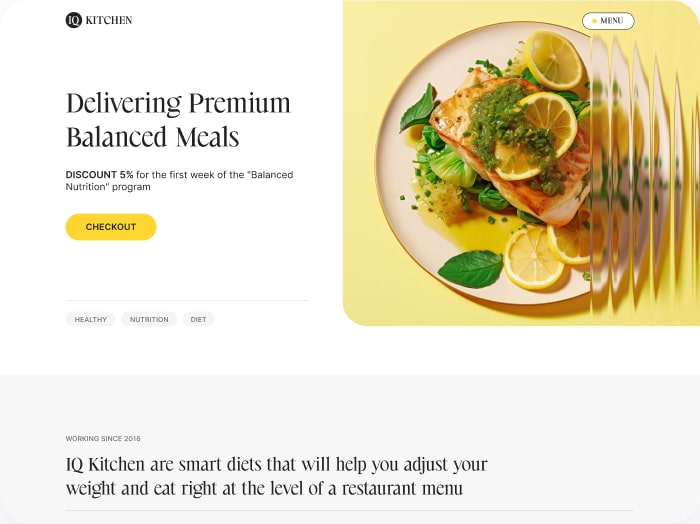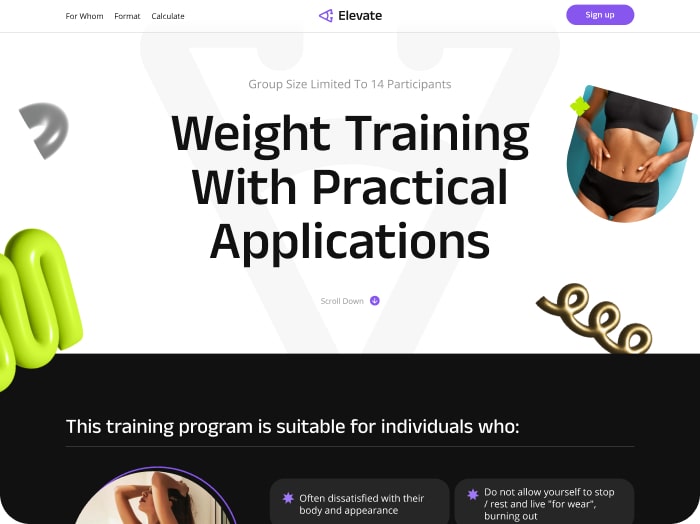Boosting Engagement with Calorie Calculators in Fitness Blogging
When it comes to creating compelling content for your fitness blog, incorporating interactive tools like calorie calculators can significantly enhance user engagement and provide valuable insights to your audience. Here’s how you can leverage calorie calculators to elevate your content and attract more visitors.
The Benefits of Calorie Calculators in Fitness Blogging
Calorie calculators offer several benefits that can make your fitness blog more engaging and informative. Here are some key advantages:
- Increased User Engagement: Interactive tools like calorie calculators capture users’ attention, encouraging them to spend more time on your site. This increased engagement can lead to higher conversion rates and better user retention.
- Personalized Recommendations: Calorie calculators provide tailored advice based on individual users’ needs and preferences, which can drive customer loyalty. Personalization is key to making users feel understood and valued.
- Improved SEO: By optimizing your calorie calculator for search engines, you can attract more organic traffic to your website. This can help you rank higher in search results and generate more leads for your fitness business.
- Social Sharing: The results from a well-designed calorie calculator can become shareable content, driving organic traffic and increasing brand exposure. Users who find your calculator helpful are more likely to share it with their friends and family on social media.
How to Choose the Right Calorie Calculator
Not all calorie calculators are created equal. Here are some features to look for when selecting a calorie calculator for your fitness blog:
- Ease of Use: The calculator should be easy to navigate, guiding users through the input process clearly. This ensures that users can quickly and easily get the information they need.
- Goal Setting: The ability to set a goal weight and date is invaluable for planning and tracking progress. This feature helps users visualize their goals and stay motivated.
- Activity Level Estimation: Accurate estimation of activity levels is crucial. Look for calculators that allow for precise activity level inputs, which can lead to better estimates.
- Progress Tracking: Features like graphing estimated progress can help users see how their actual results compare to the calculator’s estimates, facilitating adjustments.
- Metabolic Adaptation: Calculators that account for metabolic adaptation are more accurate, as they consider how the body adjusts to changes in caloric intake.
Integrating Calorie Calculators into Your Blog Content
To effectively integrate a calorie calculator into your blog content, follow these steps:
- Create a Dedicated Page: Design a dedicated page for your calorie calculator, ensuring it is easy to find and use. This page should include clear instructions and examples to help users understand how to use the calculator.
- Embed the Calculator: Use a plugin like Formidable Forms to embed the calorie calculator directly into your WordPress site. This makes it easy for users to access and use the tool without leaving your site.
- Provide Context and Guidance: Offer blog posts and guides that explain how to use the calorie calculator effectively. This could include tips on tracking progress, setting realistic goals, and adjusting dietary habits based on the calculator’s recommendations.
- Promote the Calculator: Promote your calorie calculator through social media, email newsletters, and other marketing channels. Encourage users to share their results and experiences with the calculator to increase engagement and attract more visitors.
Case Studies and Real-World Examples
Several fitness and wellness companies have successfully integrated calorie calculators into their marketing strategies. For example:
- MyFitnessPal: MyFitnessPal, a popular fitness app, uses a comprehensive calorie calculator that syncs with exercise trackers and wearables. This has helped the app attract a large user base and maintain high user engagement.
- Gold’s Gym: Gold’s Gym uses calorie counters as part of their fitness programs, helping members track their progress and stay motivated. This approach has been effective in supporting members’ goals and enhancing their overall fitness experience.
Conclusion and Next Steps
By incorporating a calorie calculator into your fitness blog, you can provide your audience with a valuable tool that enhances their fitness journey. Remember to choose a calculator that is easy to use, allows for goal setting, and tracks progress effectively. Promote your calculator through various channels to maximize its impact.
If you’re looking to integrate a calorie calculator into your blog, consider using tools like Calorie Calculator Cloud or Formidable Forms to create an interactive and user-friendly experience. Don’t forget to explore different pricing plans to find the best fit for your needs.
Start enhancing your fitness blog content today with the power of calorie calculators, and watch your user engagement and loyalty soar!








